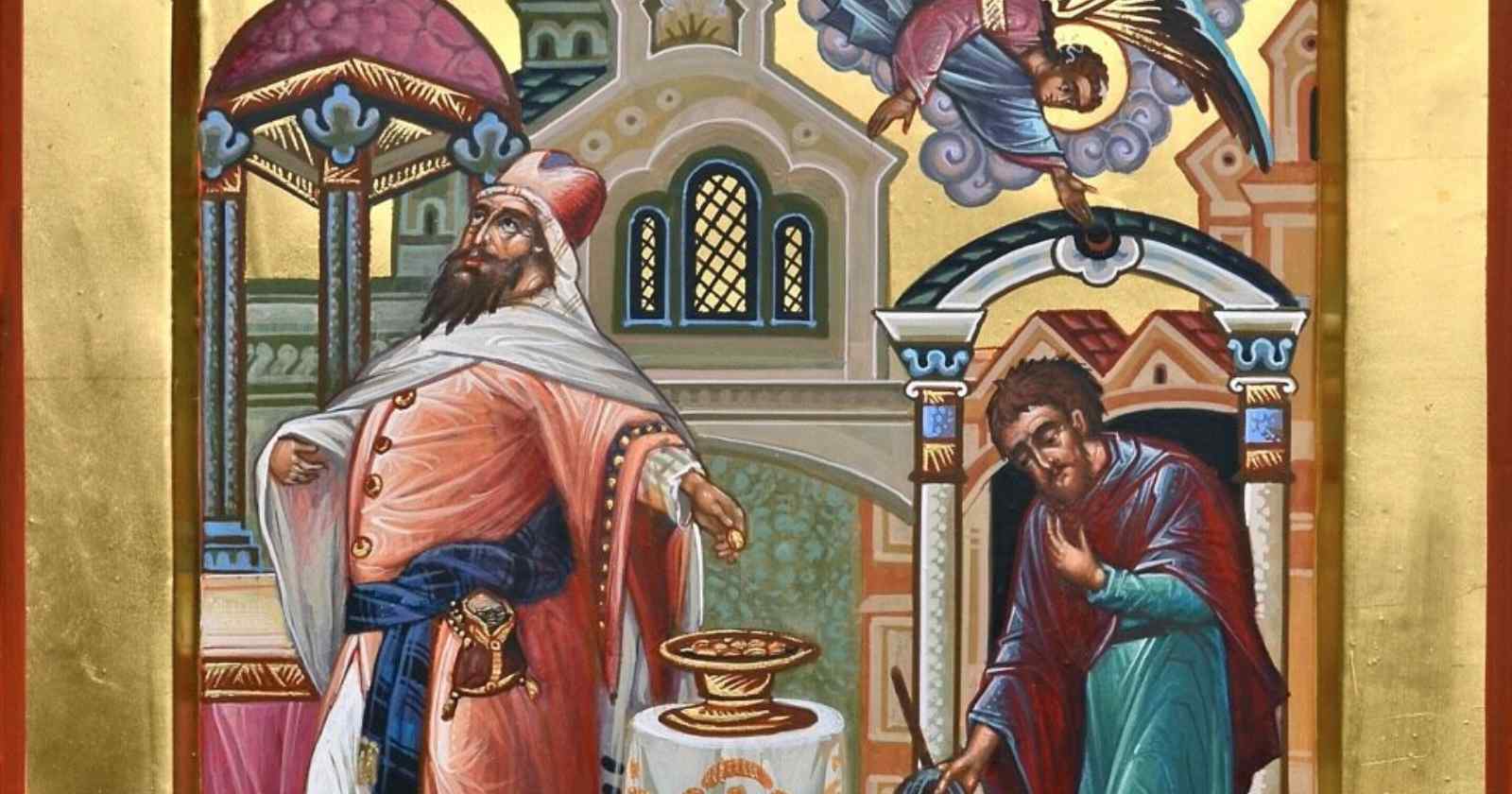Being able to find our way, being able to explore and navigate the world we live in is an essential survival skill. From the earliest periods of civilization, humanity looked up to the bright and beautiful stars of the skies for guidance, charted and mapped the known world, we invented instruments and devices that help us venture into new worlds and new possibilities. Modern life is no different, smart devices and applications help us plan and research everything from an everyday commute to work to space exploration. What about our faith? What are the things that help us navigate and find a way in our spiritual life? Today, as we celebrate the feast of the Exaltation of the Holy Cross, we are reminded that the Cross is not merely something we venerate, wear on our bodies and adorn our churches and homes with, but also a precious symbol that guides our lives and shows us the way to God.
A second-century saint and apologist Justin Martyr tells us that the Cross is a symbol of how to live and navigate life as Christians. He brings to attention that the cross is made up of two bars – one vertical and one horizontal. The vertical bar of the Cross symbolizes our relationship with God – what we do, how we pray, how we seek to have a greater relationship and connection with God. But the cross is not complete without the horizontal bar which symbolizes and signifies our relationships with one another. This is the part that is extremely difficult to live, this is the part where we are likely to stumble. We do have faith and a desire to believe, our main struggle is how to take that belief and express it to one another. That is a difficult thing to do.
The problem is, we can’t have one without the other. Often we hear people describing their spirituality as a personal relationship with God that has absolutely nothing to do with anything or anyone else. Even those of us that have an active presence in a parish life and worship might sometimes subconsciously see our attendance and participation in the liturgy and Badarak as something we do for ourselves. We might think that we are here on Sundays so we can pray, spend some time in the spiritual environment of the church. But that is not what the church and liturgy are truly about. A mere glance into the liturgical hymns and prayers of Badarak is sufficient to reveal that we are here to pray for the peace of the entire world, for the healing of every form of human suffering and pain. We are here to pray for each other, to pray for the person next to us on the pews.
We do this because we can’t continue our spiritual journey to the top of the cross and to God without passing through the horizontal bar. We can’t get there without loving and embracing the people around us, without forgiving everyone in our lives. We do this because that is precisely what we were taught by Christ. A young man came to Jesus and asked, “Teacher, what is the greatest law of Moses?” (Matthew 22:36). And Christ answered him, saying: “ ‘You shall love the Lord your God with all your heart, and with all your soul, and with all your mind.’ This is the greatest and first commandment. And a second is like it: ‘You shall love your neighbor as yourself’” (Matthew 22:37-39).


